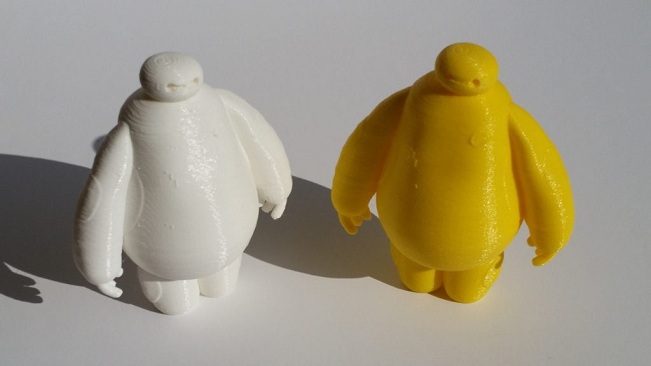
PLA 3D printing is one of the most popular printing techniques available today, but not because it’s the best one, but because it’s the most affordable and widely available one that can still produce quality prints. In order to get quality PLA prints with an appealing surface finish, you need a good extruder cooling fan to reduce warping. There are many different extruder fans and cooling setups, and all of them produce varying results. Layer temperature control is arguably one of the hardest parts of 3D printing, but once you get that right, you’ll be able to produce quality prints every time.
If you’re printing objects at high speeds or printing small objects with small layer surface areas, each plastic layer that’s laid down won’t have enough time to cool, meaning it will still be slightly molten when the following layer is placed. With the radiating heat from the nozzle and hot plastic being extruded, the finished product will end up being a total mess instead of the product you had in mind. You can try to change this by lowering the printing speed, but that’s not a solution to your problem. This is where a 3D printer extruder fan can make a big difference.
Fitting a 3D printer extruder fan allows you to run the printer at full speed, even when printing fine details. Without a fan, the printer can force the G-code to slow down in order to get more natural cooling before adding an extra layer. On the other hand, cooling fans bridge extruded material. If you don’t know what bridging is, it’s the process of spanning a gap, making it “bridge” in thin air. Extruding plastic without placing anything beneath it will result in a downwards sag which can lead to the model breaking down completely. Even though bridging is possible without a fan as well, it will usually leave some strings of snapped filament sagging and hanging.
Properly fitting the cooling fan is of utmost importance. It should be mounted so that it cools the top layer of the print. If you cool the hot-end, the extruder can jam, and if you cool the heated bed, the part may pop off in the middle of the print. For that reason, 3D printing a duct that will help direct the stream of the cool air around the object while it’s being printed is not uncommon. You’ll also have to remember that cooling fans are appropriate for PLA printing, but not for ABS filament printing. The cool air can make the ABS print’s edges curl up, and every following layer will become worse and worse.
























